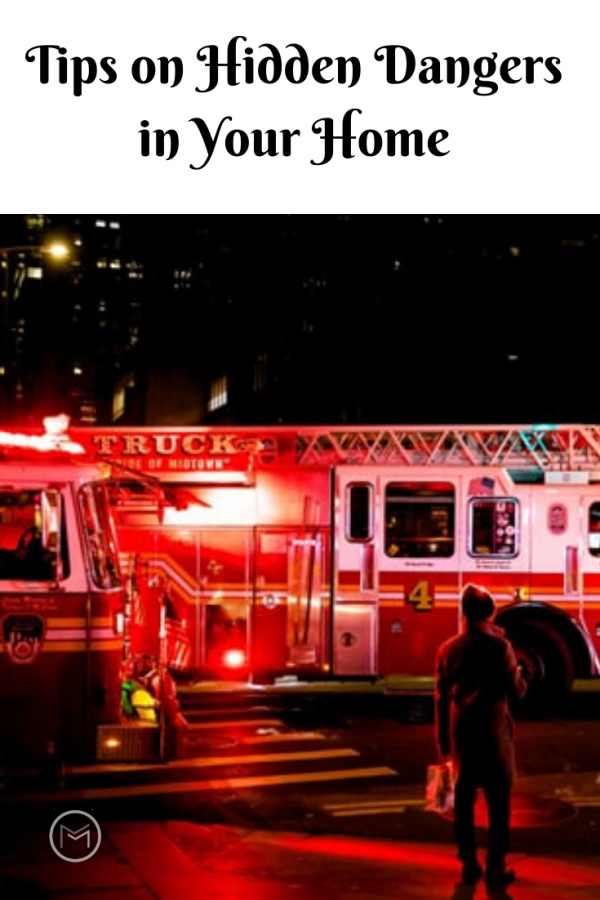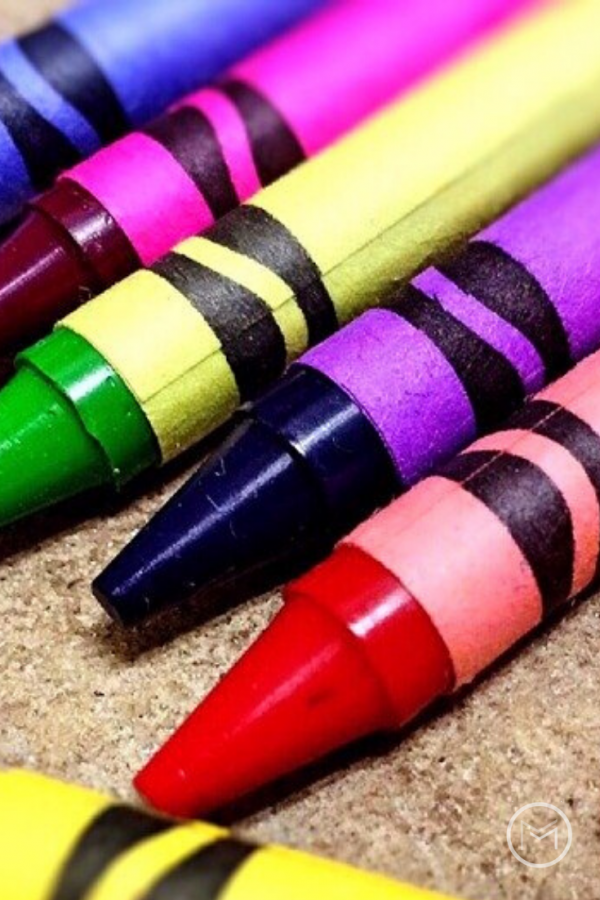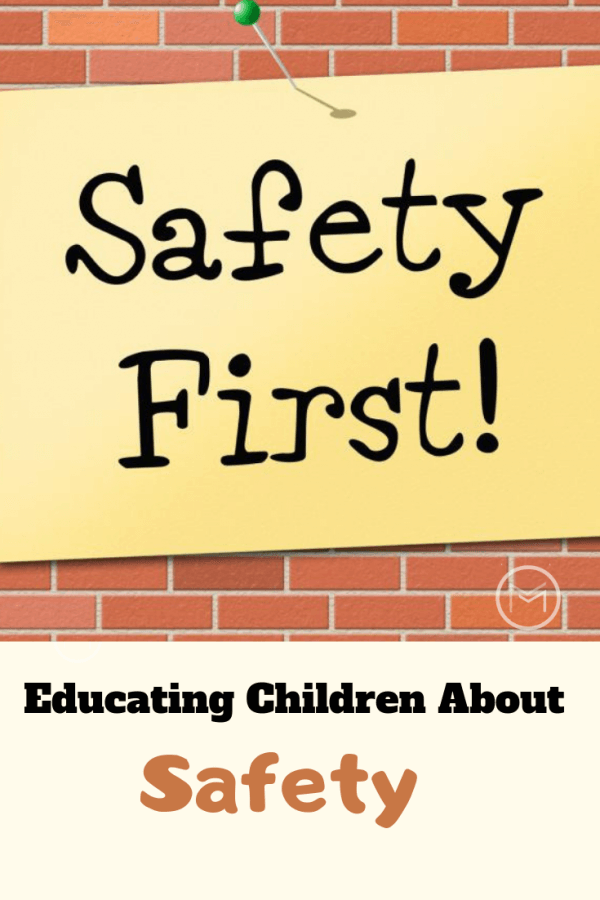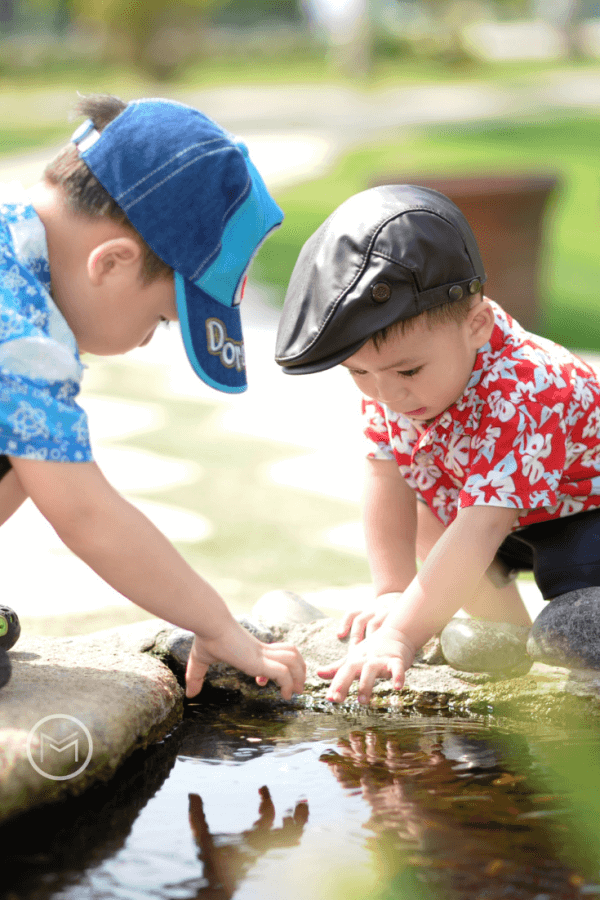We all want our families to be safe and healthy, especially in our own homes. Today, I’m sharing tips on hidden dangers in your home. So, there are lots of hidden dangers that we don’t even think about or that never cross our minds. They could be doing us a lot of harm.
We’re going to share tips on what you should be looking to ensure optimum safety for everyone in your household. Our tips will help prevent trips to the doctor for bizarre problems or emergencies that could have been prevented.

Here are a few possible hidden dangers in your home:
Roofing
That’s right. Your roof not only protects the inside of your home, but it protects your family from a lot of outdoor elements that can harm your health. When we move into a home, one of the last things we think about is the roof. We don’t think about everything that can go wrong if it’s not well maintained.
Holes and cracks can let in water that creates damp and mildew, leading to health issues. A quick browse online will give you more detail about what to look for and who to call for a regular inspection.

Medicine and Cleaning Products
These items are supposed to help us clean so we can stay healthy, right? Well, yes, but they can also do a lot of harm. Furthermore, we buy cough syrup, use half a bottle, and save it for another time. Or we have a bottle of ibuprofen for our kids that we use now and again. However, cough syrups should be used by the expiration date on the box. Otherwise, it should be thrown away.
Care should be used with certain cleaning products. They may smell nice and give your home a pleasant clean feel, but they can be toxic, and breathing too much of them is dangerous.
Finally, it would help if you kept all of these out of reach of your little ones. The last thing you want is for your toddler to accidentally swallow some medicine or detergent and have to be taken to the ER.
Electrical Outlets and Cords
How many of us have a network of cables behind the tv cabinet? Yes, they are out of sight, but this doesn’t mean you’re out of danger. Thousands of people have wires intertwined and extension cords with way too many plugs in them.
This is a recipe for a fire. First, we don’t want to imagine what will happen if a small child or pet gets behind there. Keep cables tidy and as few as possible in the same place. Ensure you are using a surge protector on printers, computers and TVs.
Empty outlets are also a considerable danger to little ones. But, many of us have done nothing about it? There are plenty of plastic devices that keep them covered so tiny fingers can’t stick anything in them. It will only cost you a few dollars, but save your home or loves one’s life.

Pencils
Last, we’re going to mention pencils. Small children enjoy coloring and have a collection of pens, crayons, and pencils. They need to be observed at all times.
Toddlers and small children don’t fully understand the dangers of fighting, especially with sharp objects. A freshly sharpened pencil can do a lot of damage. It’s best only to give them crayons until they are old enough to understand the dangers and how to use them properly. However, make sure they don’t make attempt to eat the crayons.
Keep Everyone Safe
Now you’ve read this, take a closer look at your home. Determine which of these you need to implement to create a haven for your family with as few hazards as possible. You’ll be able to relax knowing that everyone is as safe as possible and that you’re preventing unwanted trips to the hospital.
 Here’s our parenting tips:
Here’s our parenting tips:





